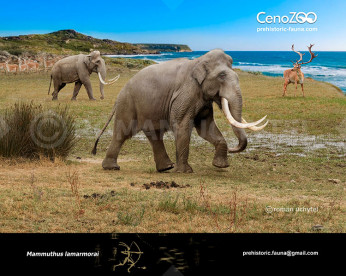Cretan dwarf mammoth
442442
Cretan dwarf mammoth (†Mammuthus creticus (Bate, 1907))
Synonyms: Palaeoloxodon creticus (Bate, 1907)
Order: Proboscidea
Family: Elephantidae
Genus: †Mammuthus
Dimensions: length - 2,3 m (with tusks), height - 1,1 m, weight - 130 - 250 kg
Temporal range: during the Pleistocene (the island of Crete).
Mammuthus creticus, or the Cretan dwarf mammoth, is an extinct species of dwarf mammoth. With a shoulder height of about 1 m and a weight of about 200 kg, it was the smallest mammoth that ever existed. After DNA research published in 2006, it was proposed to rename Palaeoloxodon creticus into Mammuthus creticus (Bate, 1907). Others proposed (in 2002) to rename all the described specimens of larger size under the new subspecies name Elephas antiquus creutzburgi (Kuss, 1965). In a study of 2007, it was argued for the groundlessness of the theory by Poulakakis et al. in 2006, showing the weak points of that DNA research. However, morphological data is at least equivocal, and may also support placement in Mammuthus.
Skulls of Cretan mammoths or of other dwarf elephant species on Mediterranean islands have been suggested as the basis for the ancient Greek myth of Cyclopes.
The dwarf mammoth was one of only two large herbivores on the island during its existence, alongside the Hippopotamus creutzburgi, with large predators being absent. The dwarf hippopotamus lived on the island from the Early Pleistocene to early Middle Pleistocene, and probably descended from Hippopotamus antiquus. It was considerably smaller than H. antiquus, weighing approximately 400 kilograms. Analysis of its limbs suggests that it was more adapted to terrestrial locomotion than living hippopotamus, primarily walking on its hooves rather than its footpads as in living hippopotamus, and capable of traversing the rugged terrain of Crete.
Payment
You may use multiple payment methods to buy image such as credit cards, PayPal and bank transfer.
Cretan dwarf mammoth (†Mammuthus creticus (Bate, 1907))
Synonyms: Palaeoloxodon creticus (Bate, 1907)
Order: Proboscidea
Family: Elephantidae
Genus: †Mammuthus
Dimensions: length - 2,3 m (with tusks), height - 1,1 m, weight - 130 - 250 kg
Temporal range: during the Pleistocene (the island of Crete).
Mammuthus creticus, or the Cretan dwarf mammoth, is an extinct species of dwarf mammoth. With a shoulder height of about 1 m and a weight of about 200 kg, it was the smallest mammoth that ever existed. After DNA research published in 2006, it was proposed to rename Palaeoloxodon creticus into Mammuthus creticus (Bate, 1907). Others proposed (in 2002) to rename all the described specimens of larger size under the new subspecies name Elephas antiquus creutzburgi (Kuss, 1965). In a study of 2007, it was argued for the groundlessness of the theory by Poulakakis et al. in 2006, showing the weak points of that DNA research. However, morphological data is at least equivocal, and may also support placement in Mammuthus.
Skulls of Cretan mammoths or of other dwarf elephant species on Mediterranean islands have been suggested as the basis for the ancient Greek myth of Cyclopes.
The dwarf mammoth was one of only two large herbivores on the island during its existence, alongside the Hippopotamus creutzburgi, with large predators being absent. The dwarf hippopotamus lived on the island from the Early Pleistocene to early Middle Pleistocene, and probably descended from Hippopotamus antiquus. It was considerably smaller than H. antiquus, weighing approximately 400 kilograms. Analysis of its limbs suggests that it was more adapted to terrestrial locomotion than living hippopotamus, primarily walking on its hooves rather than its footpads as in living hippopotamus, and capable of traversing the rugged terrain of Crete.

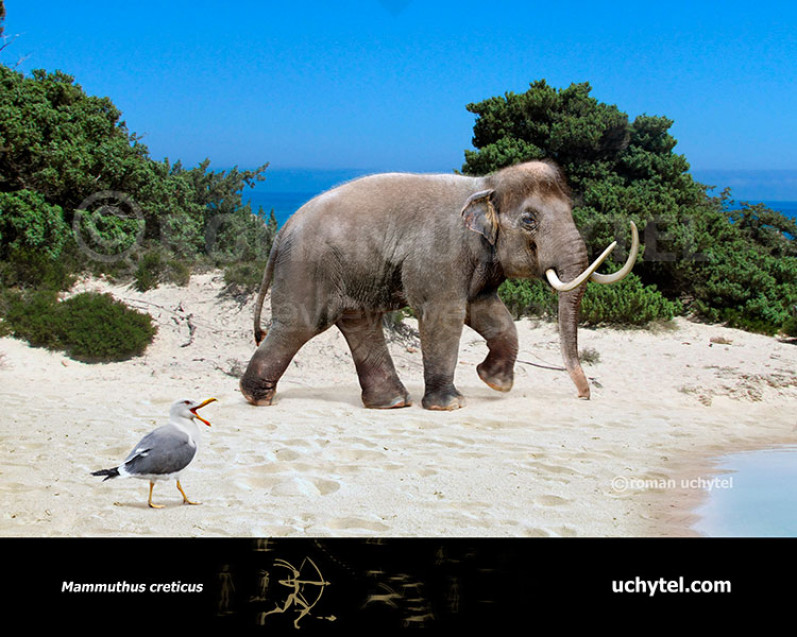
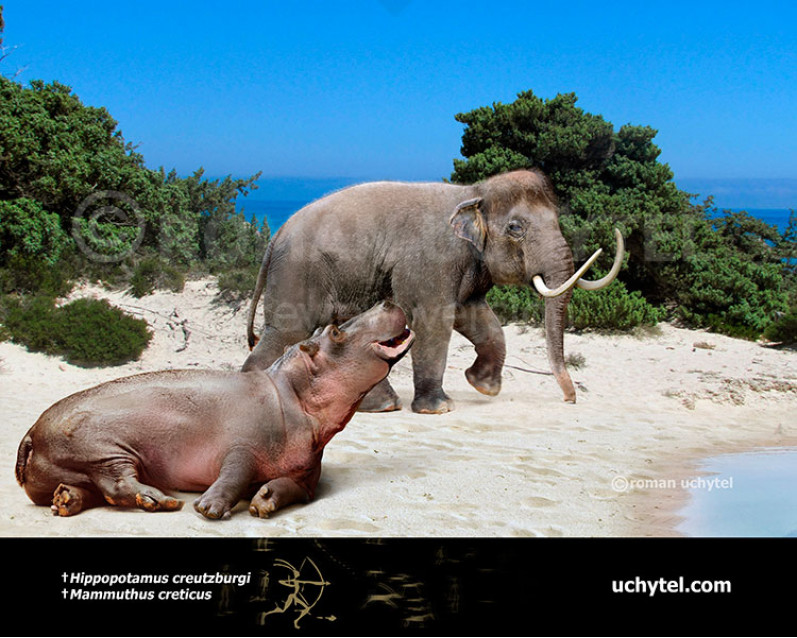
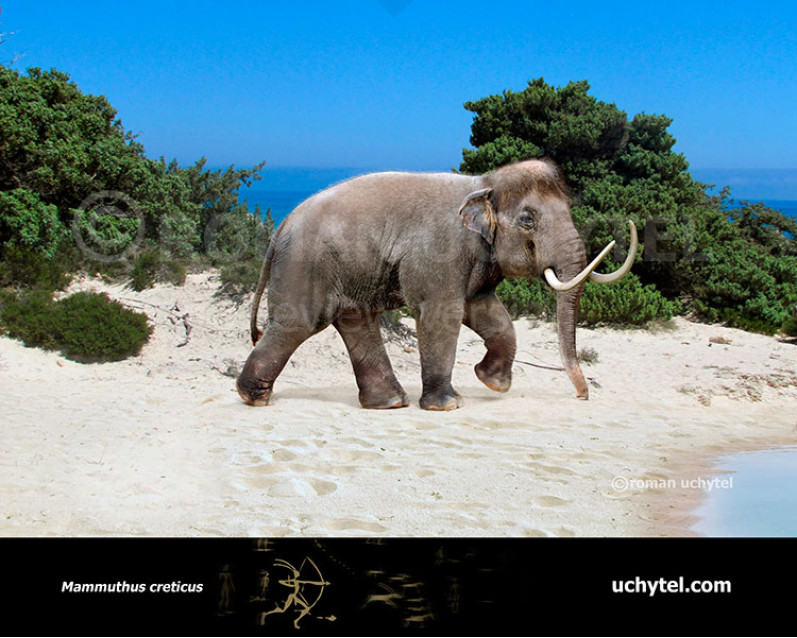
-797x638.jpg)
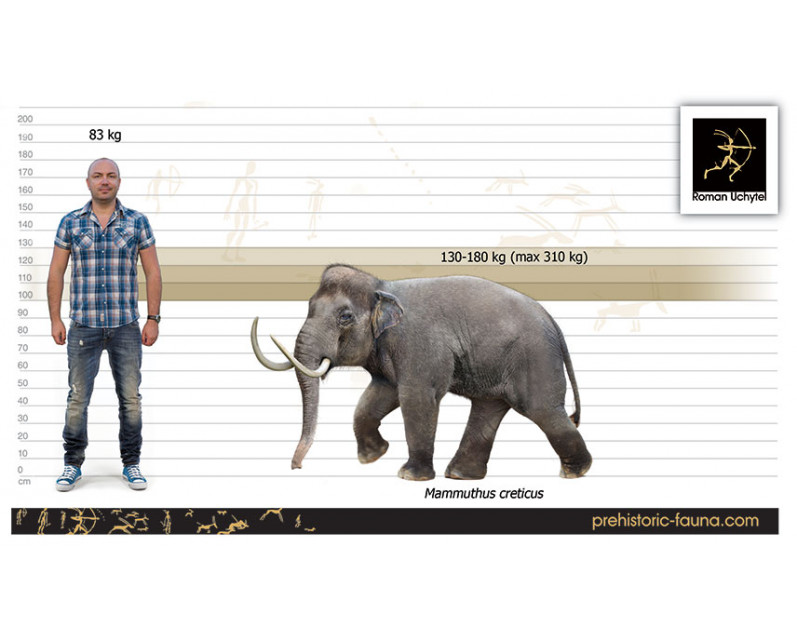



-70x56.jpg)

-346x277.jpg)
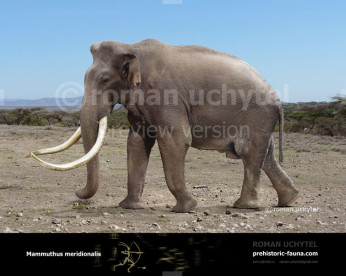
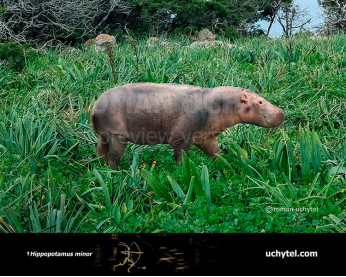
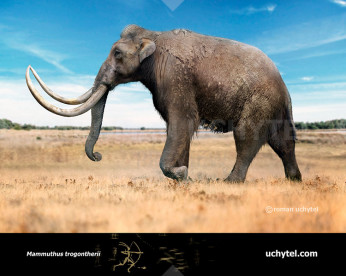
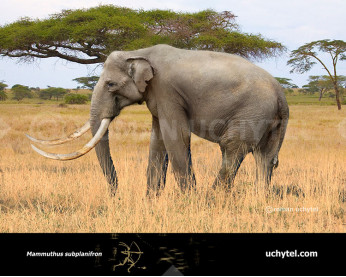
-cypriotes-346x277.jpg)
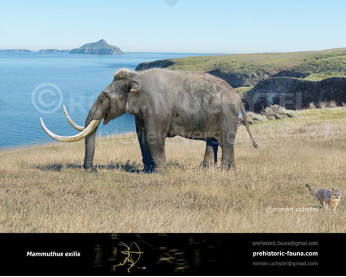
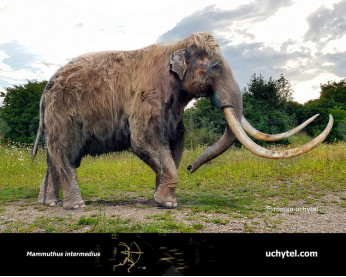
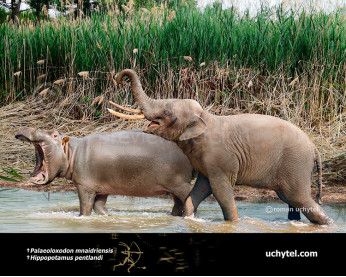
-346x277.jpg)
